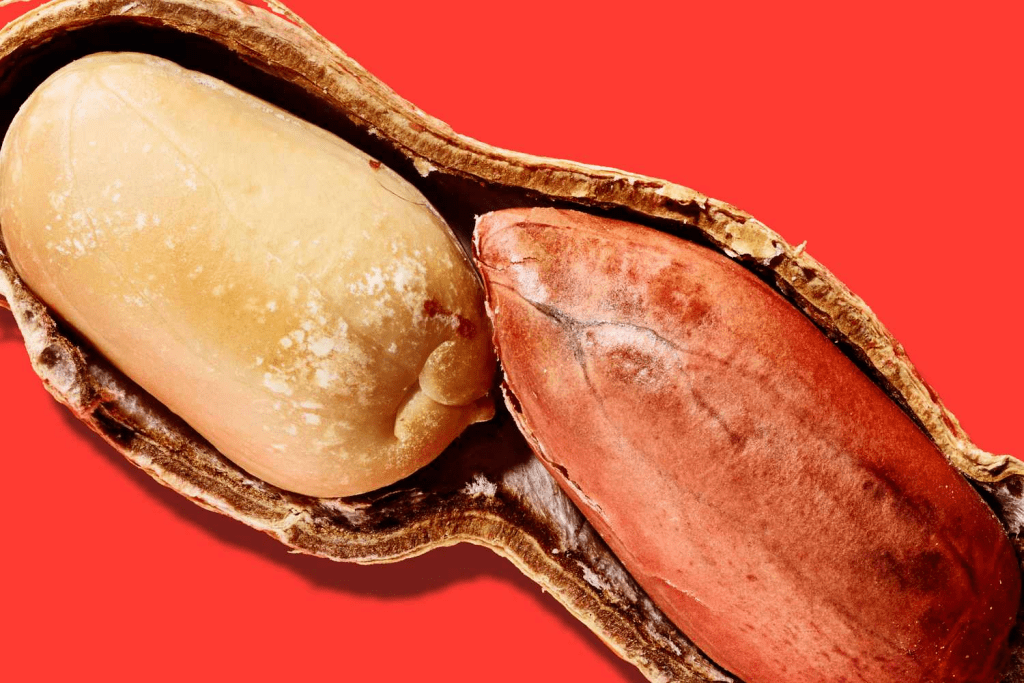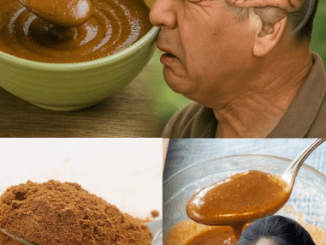Peanuts, or groundnuts, are often celebrated as a “longevity nut” due to their impressive nutrient profile and health benefits. Rich in vitamins, minerals, and healthy fats, they’re praised in traditional Chinese medicine for their ability to regulate digestion, boost blood health, and even halt bleeding. However, not all peanuts are created equal. The two most popular varieties—red-skinned and white-skinned peanuts—differ significantly in taste, nutritional content, and culinary uses. Knowing the differences between these types can help you make the best choice for your health and culinary needs.
Understanding the Key Differences Between Red-Skinned and White-Skinned Peanuts

It’s easy to assume that all peanuts are the same, but red-skinned and white-skinned peanuts each bring something unique to the table. Let’s break down the essential distinctions to help you choose the right one for your needs.
Flavor Profile: Sweet vs. Crunchy
Red-Skinned Peanuts
Red-skinned peanuts are known for their natural sweetness, especially when fresh. Their taste profile makes them an excellent choice for recipes that call for a touch of sweetness, like nut milk or peanut-based soups. In traditional Chinese medicine, red-skinned peanuts are also associated with boosting energy and enriching blood, making them ideal for raw consumption. Their skin, rich in antioxidants, adds both flavor and health benefits, further enhancing their appeal for those who enjoy a wholesome, natural snack.
White-Skinned Peanuts
On the other hand, white-skinned peanuts have a more neutral, crunchy texture, which lends itself well to frying and snack recipes. They contain a higher oil content, making them a preferred choice for peanut oil production and peanut butter. The crunchiness and mild flavor of white-skinned peanuts make them versatile, fitting seamlessly into a variety of recipes, from fried snacks to peanut sauces. Notably, they’re lower in calories than their red-skinned counterparts, making them a favorable option for those watching their calorie intake.
Nutritional Benefits: What Each Type Offers
Red-Skinned Peanuts for Blood and Energy
Red-skinned peanuts are packed with nutrients that support blood health and energy levels. Experts recommend keeping the skin on, as it’s rich in fiber, which supports digestion, and contains compounds that can reduce bloating and discomfort. Their high iron content is particularly beneficial for individuals looking to increase their blood health, such as those with anemia or low energy levels. Red-skinned peanuts also contain unique antioxidants that may help reduce inflammation and promote overall wellness.
White-Skinned Peanuts for Bone and Brain Health
White-skinned peanuts excel in their calcium content, making them a nutritious option for children, the elderly, and anyone needing extra bone support. Beyond calcium, they contain phospholipids, selenium, and vitamin E, all of which are crucial for brain health and memory function. For those concerned with cognitive wellness, white-skinned peanuts provide a brain-boosting edge, supporting memory retention and mental clarity over time. Because of their size and high yield, they’re often more affordable than red-skinned peanuts, making them a budget-friendly option for families.
How to Choose Quality Peanuts: Tips for a Nutritious Purchase
Whether you prefer red-skinned or white-skinned peanuts, selecting high-quality nuts is essential for maximizing their health benefits and flavor. Here are some quick tips to help you spot the best peanuts on the shelf.
1. Check the Color

A peanut’s color can tell you a lot about its freshness and quality. For both red-skinned and white-skinned varieties, look for peanuts with a bright, vibrant shell color. Avoid those with black or dark spots, as these could indicate mold or contamination with Aspergillus flavus, a mold known to produce aflatoxin, a carcinogenic compound that can affect both the flavor and safety of peanuts.
2. Assess the Shell Tension
The shell of a peanut can reveal its maturity and quality. High-quality, mature peanuts should have firm, plump shells, while immature or improperly dried peanuts will appear shriveled and dull. Taut, shiny shells usually indicate freshness and better nutritional value. So, when selecting peanuts, give the shells a light squeeze to ensure they’re firm and full.
3. Smell for Freshness
Fresh peanuts should have a mild, earthy aroma that indicates they’ve been stored properly. When shopping, take a handful and give them a sniff—if you detect any hint of a moldy or stale odor, it’s best to avoid them, no matter how tempting the price. A moldy smell can signal the presence of spoilage, which not only affects taste but could also introduce harmful toxins.
4. Look for the Peanut Sprout
A lesser-known tip involves checking the small white spot at the top of each peanut, often referred to as the “sprout.” This spot indicates the peanut’s growth potential and can reveal whether the peanuts have been dyed. If this sprout is missing or looks unnatural, there’s a chance the peanuts have been artificially treated to improve their appearance. For safety and quality, it’s best to avoid peanuts that lack this natural sprout.
When to Use Red-Skinned vs. White-Skinned Peanuts in Cooking

Choosing the right peanut for your recipe can make a big difference in flavor and texture. Here’s a quick guide to help you decide when to reach for red-skinned or white-skinned peanuts:
- For Nut Milk and Smoothies: Red-skinned peanuts add a naturally sweet, rich flavor, making them perfect for blending into nut milk or smoothies.
- For Peanut Butter and Oil: White-skinned peanuts, with their higher oil content, are ideal for making smooth peanut butter or extracting peanut oil.
- For Raw Snacking: Red-skinned peanuts offer additional health benefits when consumed raw, thanks to their skin, which contains antioxidants and fiber.
- For Fried Snacks and Sauces: The crunchier texture of white-skinned peanuts makes them an excellent choice for frying or adding to dishes that need a bit of crunch.
Health Precautions: Peanuts and Allergies
While peanuts are nutrient-dense and beneficial for most people, it’s crucial to remember that they’re also one of the most common allergens. For individuals with peanut allergies, even trace amounts can trigger severe reactions. If you or someone in your household has a peanut allergy, take care to avoid cross-contamination in shared cooking spaces. Additionally, always check food labels, as peanuts or peanut-derived ingredients can be hidden in unexpected products.
Conclusion: Choose the Right Peanut for Your Needs
Red-skinned and white-skinned peanuts may look similar, but their differences are worth noting. From flavor and texture to nutritional value, each variety offers unique benefits that suit specific dietary and culinary needs. Red-skinned peanuts are excellent for boosting blood health and adding natural sweetness to recipes, while white-skinned peanuts support bone health and work well in fried and savory dishes.
The next time you’re at the grocery store, remember these tips to choose the highest-quality peanuts. By understanding the unique qualities of each type, you can enjoy the health benefits and flavors that best match your lifestyle. So, whether you’re making a batch of homemade peanut butter, cooking up a flavorful stir-fry, or simply snacking, you can be confident you’ve picked the perfect peanut for the job.


